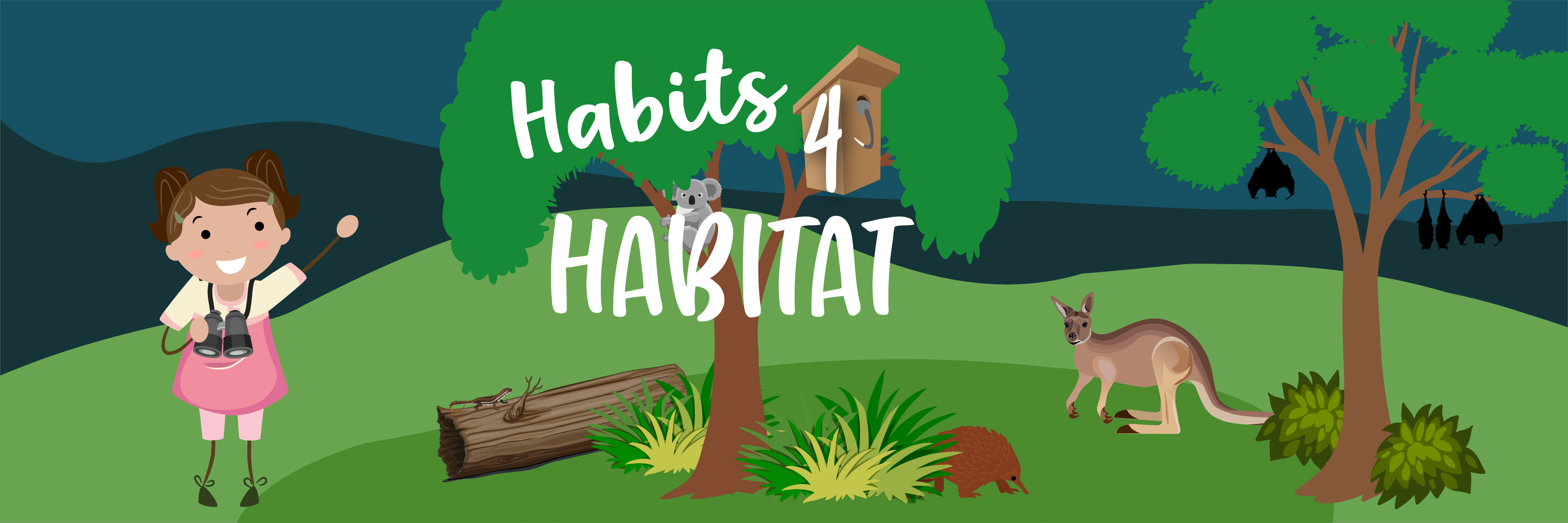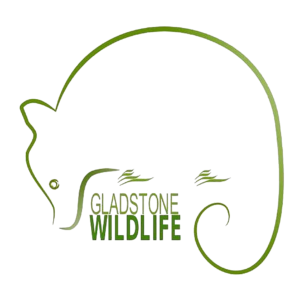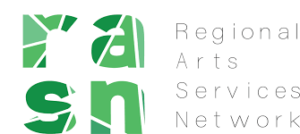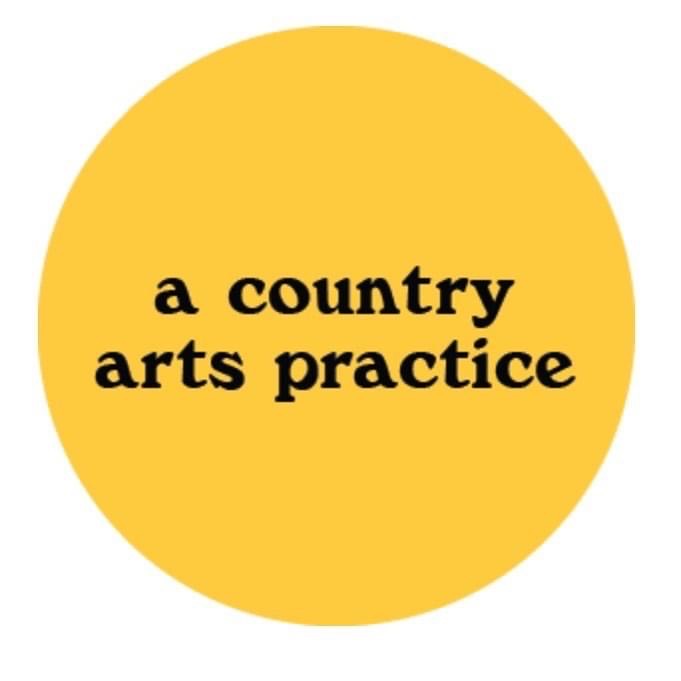
About the Program
The ‘Habits for Habitat’ Enviro-Stories program will provide students with the opportunity to learn about native animals, habitats and ecosystems local to the Gladstone and surrounding Central Queensland Region. This program is a partnership between Gladstone and District Wildlife Carers Association Inc., A Country Arts Practice, the Central Queensland University Regional Arts Services Network and PeeKdesigns.
The ‘Habits for Habitat’ program will see the creation of 4 Enviro-Stories books in 2023 that have been written and illustrated by our rural kids, with the aim of using them as resources to teach others.
Students involved in this program will write and illustrate a 15-page storybook focused on the theme they have researched. This story will be published into an A5 school reader, and the students will have the honour of becoming published authors. These books will be distributed to schools, libraries and throughout the wider community as a resource to help others learn about the topic.
An Introduction for Teachers
What do I have to do?
STEP 1: Download your Story Template.
Habits for Habitat Story TemplateSTEP 2: Contact Melissa Peacock, Project Leader, on 07 4970 7649 or email: m.peacock@cqu.edu.au to book a workshop and decide your topic.
STEP 3: Write and illustrate a 15 page story plus 1 cover page as outlined in the Story Template. Make sure you…
- View our Hints and Tips about how to write a good Enviro-Stories book. READ MORE…
- Check out previous books to see how the books are laid out and the amount of text that has been used. GO TO THE LIBRARY…
- Check the story to ensure any scientific or technical details are accurate.
- Check the spelling and grammar.
STEP 4: Fill in our evaluation form for TEACHERS and STUDENTS.
STEP 5: Send your story and original illustrations to:
Melissa Peacock
RASN Regional Arts Officer (Central)
CQU School of Education and the Arts
613 Bryan Jordan Drive
Gladstone QLD 4680
Helpful information
About the Region
The Central Queensland Region is home to a diverse range of plant and animal species. The area boasts a variety of environments, including tropical rainforests, eucalypt woodlands, coastal wetlands, and sandy beaches. The region’s vegetation is characterized by a mix of acacia, eucalyptus, and melaleuca trees, as well as various species of grasses and shrubs.
The tropical rainforests have a variety of tree species such as figs, vines, and palms, as well as ferns and orchids. The woodlands are home to a range of animals, including kangaroos, wallabies, koalas, and possums. The coastal wetlands provide habitat for migratory birds, as well as crocodiles, turtles, and fish. The region’s sandy beaches also support a range of plant and animal species, including mangroves, seagrasses, and coral reefs, which in turn provide a habitat for a variety of fish, turtles, and other marine life. Overall, the Gladstone region’s diverse range of environments provides a unique opportunity for people to experience and appreciate a wide variety of plant and animal life in one area.
Unfortunately, due to alteration of the landscape, introduction of feral animals and changing climatic conditions, many of the region’s plants and animals have become vulnerable and their survival is under threat.
Need some help?
For any questions please contact:
Melissa Peacock
Project Leader
Based in Gladstone
Phone: 07 4970 7649
Email: m.peacock@cqu.edu.au
Peter Coleman
Enviro-Stories Coordinator
Based in Victoria
Mobile: 0411 729 444
Email: admin@envirostories.com.au
Help us improve
Please fill in our evaluation form for TEACHERS and STUDENTS.
This program is supported by:
- Gladstone and District Wildlife Carers Association Inc.
- Central Queensland University Regional Arts Services Network
- A Country Arts Practice
- Rio Tinto Yarwyn
- Boyne Smelters Limited
- Queensland Alumina Limited




